Spanish Family Members Worksheet
The Spanish Family Members Worksheet is an essential tool for anyone learning Spanish or looking to improve their vocabulary in the subject of family. This worksheet provides a variety of exercises and activities that focus on key vocabulary related to family members in Spanish. Whether you are a student studying Spanish in school or an adult learning for personal or professional reasons, this worksheet will help you solidify your understanding of the entity and subject of family members in the Spanish language.
Table of Images 👆
- French Family Worksheet
- Spanish Family Worksheets
- La Familia Worksheets Spanish Crossword
- La Familia Spanish Worksheets
- Family Tree Worksheet Printable
- La Familia Spanish Worksheets
- Family Members Worksheets
- ESL Family Members Worksheet
- Family Communication Worksheets
- French Family Tree Worksheet
- Family Members Worksheets for Kids
- My Family Members in Spanish Worksheets
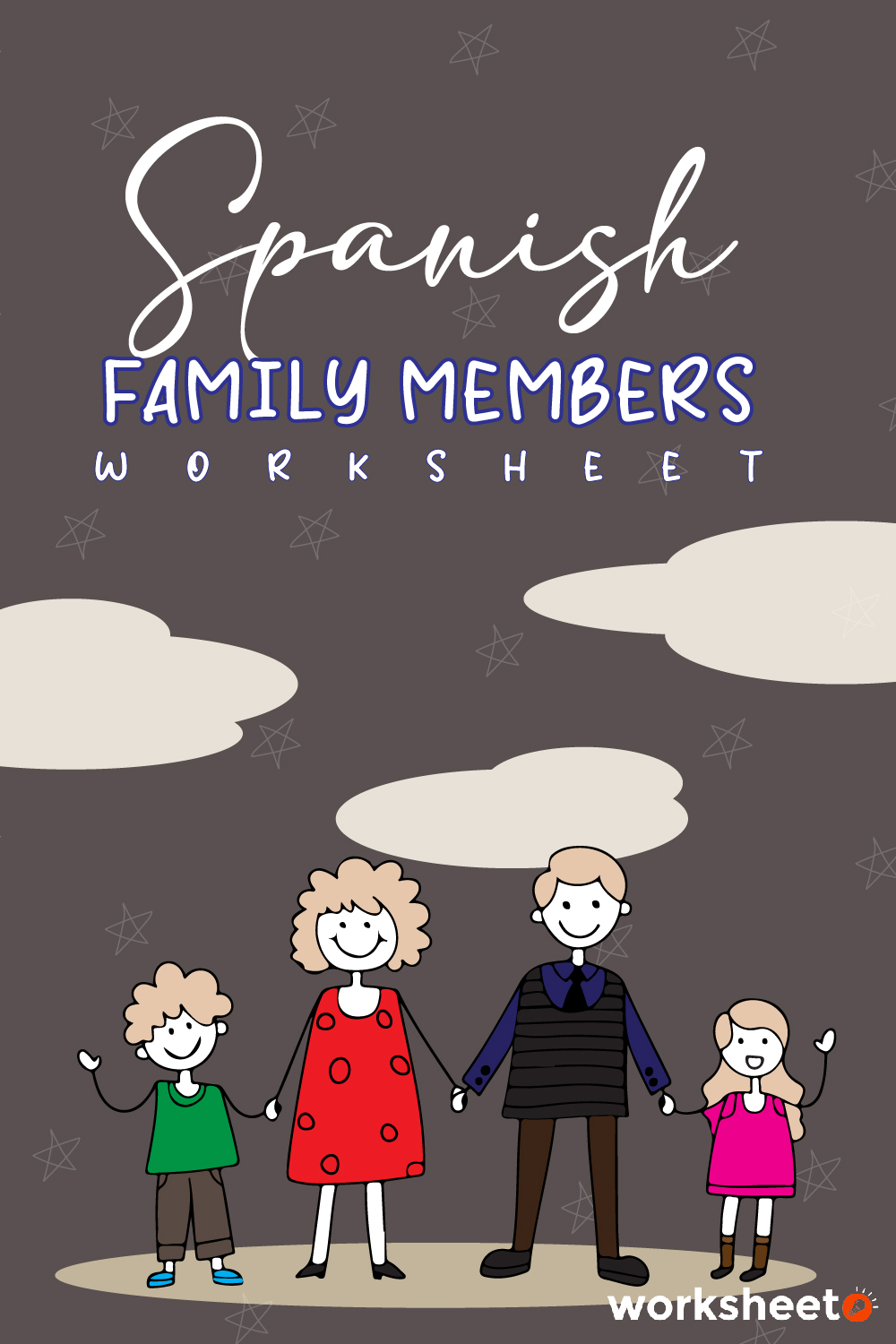
Learning family member names in Spanish can be easier with our resources; check out this Spanish Family Members Worksheet for a helpful educational tool.
More Other Worksheets
Kindergarten Worksheet My RoomSpanish Verb Worksheets
Healthy Eating Plate Printable Worksheet
Cooking Vocabulary Worksheet
My Shadow Worksheet
Large Printable Blank Pyramid Worksheet
Relationship Circles Worksheet
DNA Code Worksheet
Meiosis Worksheet Answer Key
Rosa Parks Worksheet Grade 1
Boost your Spanish knowledge with these Spanish Family Members Worksheets!
Summary: Learning about family is one of the staple lessons when studying a new language. It is understandable since family is one of the closest and most familiar things to which every people can relate, regardless of the country and culture. Learning Spanish for children is necessary as it is one of the most influential languages in the world.
What is Family?
For many people, family is their most valuable treasure. It is their homeland, a place they can visit every time they feel lost. It is a sanctuary where warm food, a comfortable bed, and a loved one exists. According to the Health Resource and Service Administration of the United States of America, a family is a group of two or more related by birth, marriage or adoption. They usually live together under one roof. Some particular cultures hold a high value on family existence, and one of them is the Spanish.
In their culture, family means safety, integration, recognition, and love. A Spanish family is like a perch, where many members protect each other and help and love above all else. Spaniards are sincere to strangers and welcome them with love, respect and care. This family backing network was valuable during the monetary predicament and recession when many Spaniards lost their jobs. Some have had to return to their parent's cottages after years of living independently.
What is the Vocabularies List of Family in Spanish?
Learning about family is one of the staple lessons when studying a new language. It is understandable since family is one of the closest and most familiar things to which every people can relate, regardless of the country and culture. It is no exception when we learn Spanish. Below are various vocabularies about family members that parents and teachers can teach to their children and students.
|
English |
Spanish |
|
Father (Dad) |
El papá (padre) |
|
Mom (Mother) |
La mamá (madre) |
|
Brother |
El hermano |
|
Sister |
La hermana |
|
Baby |
El {la} bebé |
|
Siblings |
Los hermanos |
|
Uncle |
El tío |
|
Aunt |
La tía |
|
Cousin |
El primo |
|
Parents |
Los papás (padres) |
|
Grandpa (Grandfather) |
El Abuelo |
|
Grandma (Grandmother) |
La abuela |
|
Family |
Familia |
|
Husband |
El marido |
|
Wife |
La esposa |
|
Daughter |
La hija |
|
Son |
El hijo |
|
Twin |
Mellizo |
|
Granddaughter |
La nieta |
|
Grandson |
El nieto |
|
Niece |
La sobrina |
|
Nephew |
El Sobrino |
How to Teach Students about Family in Spanish?
Before teaching the primary points of the lesson, it is essential to put the topic in context so that the students understand what they will learn. This preparation also activates the knowledge of family vocabulary that students already have. The easiest way to contextualize a lesson about family is to show students a picture of their family. Ask them to identify each name and their status (e.g. father, mother, first son, uncle, aunt, etc.). Later, teach them about the Spanish vocabulary of each family member's status. The teacher also can use a fictional family to explain (e.g. the family of Dora the Explorer) or a song (e.g. Baby Shark). Some teachers also agree that using a family tree can help the students to understand the family hierarchy. Some topics that the tutor should include in this chapter are vocabulary, comprehension of family structure, understanding of possessive adjectives rules in Spanish, and numbers (age).
Why Should Students Learn Spanish?
Many young children use words of Spanish origin without they realized, rodeo, tortilla, lasso and macho, to name a few. And many American people can count from 1 to 10 in Spanish. This example is the effect of early exposure to Spanish through children's TV shows. The excellent language skills and familiarity with Spanish make this unit on Spanish culture an exciting and enjoyable experience for the class. Students gain a basic knowledge of the Spanish language by getting to know families from different Spanish cultures and learning the Spanish names of families.
Learning Spanish for children is necessary as it is one of the most influential languages in the world. Learning Spanish benefits children in learning other languages, like French, Italian, Portuguese, Spanish, and English have Latin roots. Speaking Spanish makes understanding these other languages ​​easier. Kids can engage themselves in the thrilling civilization of Spanish-speaking nations around the globe. In the United States, communicating in Spanish also delivers an edge in marketing and healthcare. Above 10% of U.S. residents talks Spanish at home. Hence, many companies are looking for promotion experts who speak Spanish fluently. Letting your kids comprehend Spanish will give them a chance to have additional career possibilities that other graduates do not have.
What are the Tips for Studying Spanish?
Learning a new language is challenging. However, it is essential as we live in a global world where everything is connected to each other. One of the popular foreign languages to study is Spanish. Below are some tips for learning the Spanish language:
- Listen to Spanish music! This activity will give you much exposure to the cultural and linguistic elements.
- Watch Spanish movies or telenovelas.
- Read a Spanish book of your preference (fiction, poetry, comic).
- Find a community where people love to study together to boost your motivation.
Have something to share?
Who is Worksheeto?
At Worksheeto, we are committed to delivering an extensive and varied portfolio of superior quality worksheets, designed to address the educational demands of students, educators, and parents.


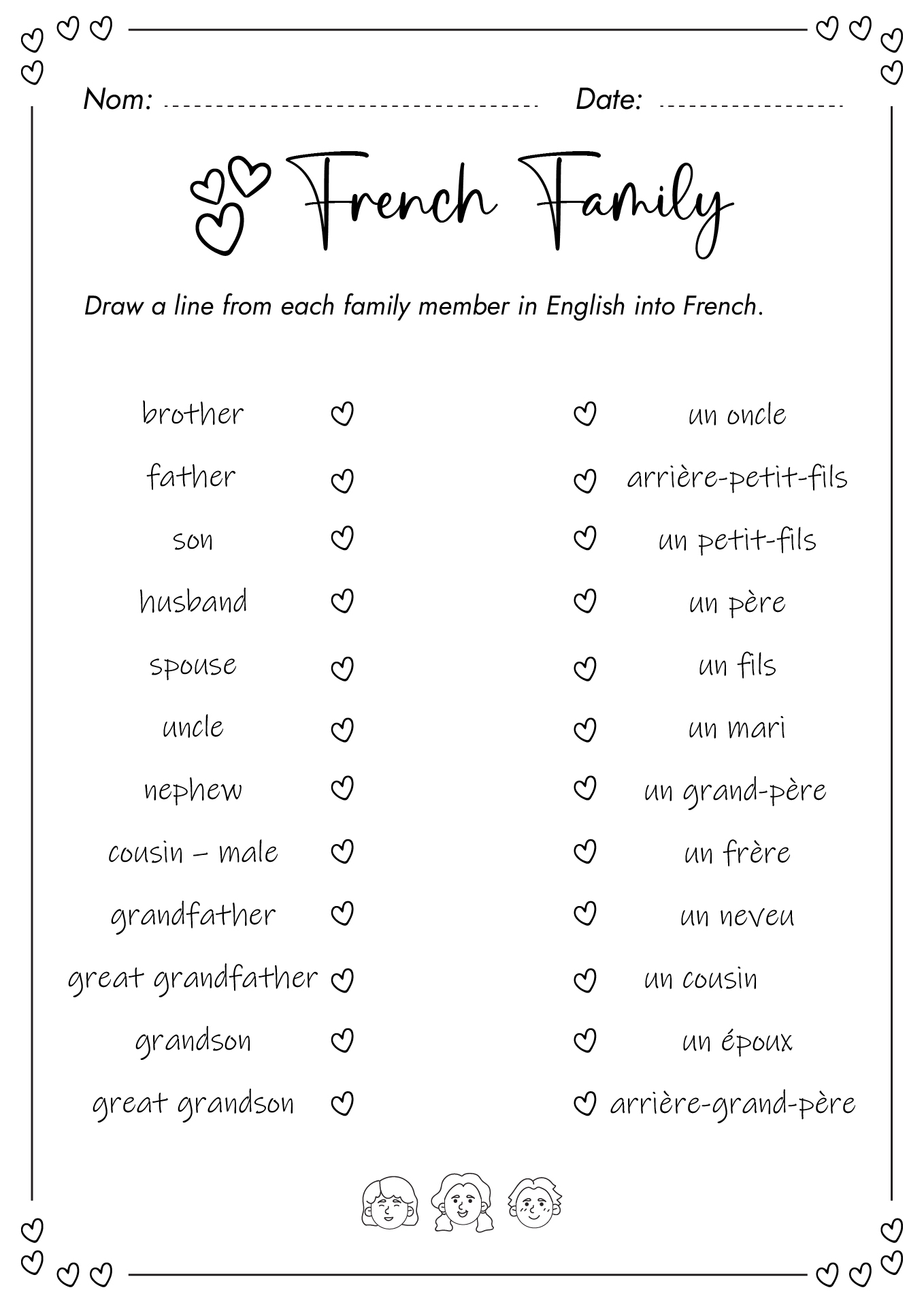


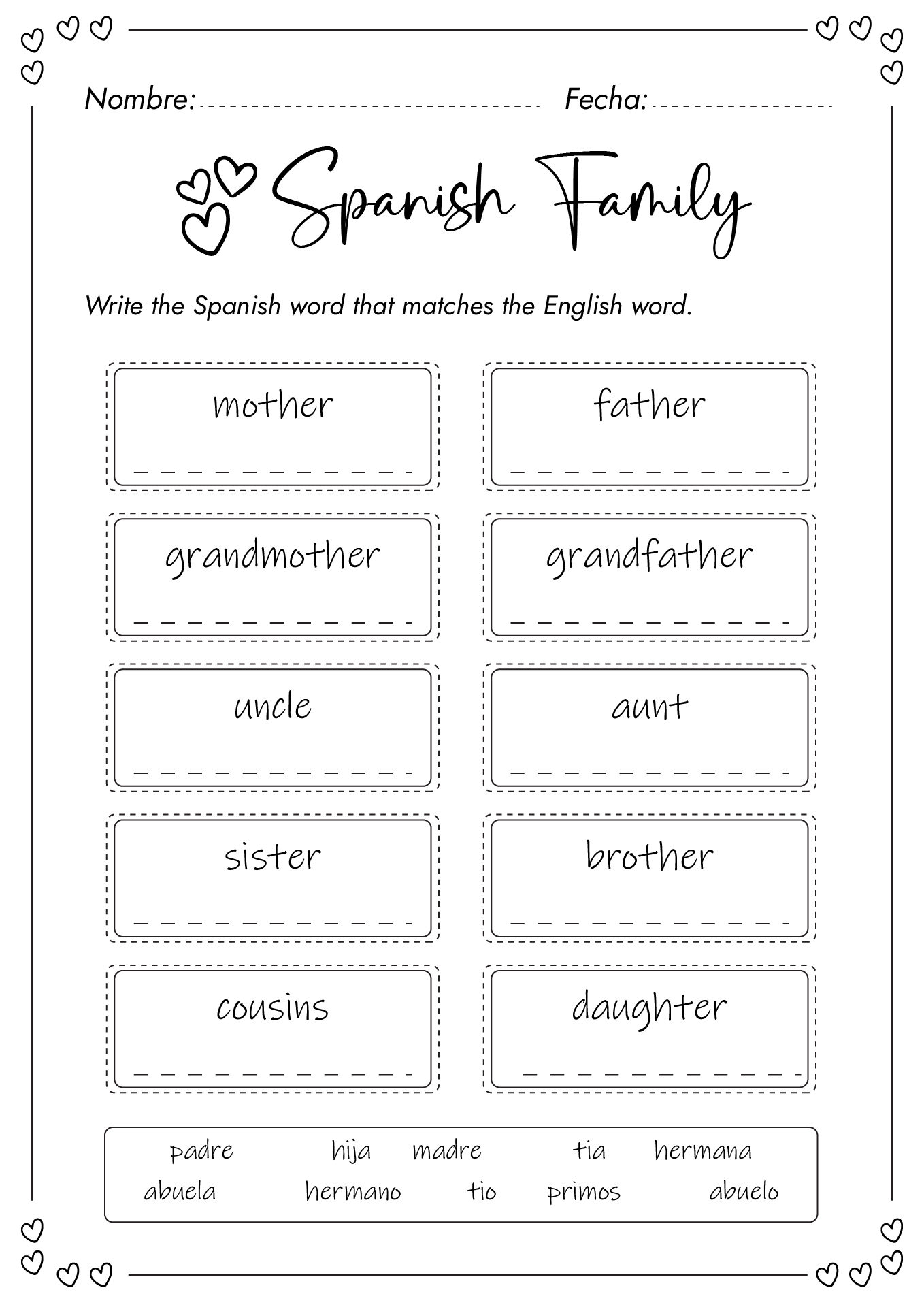
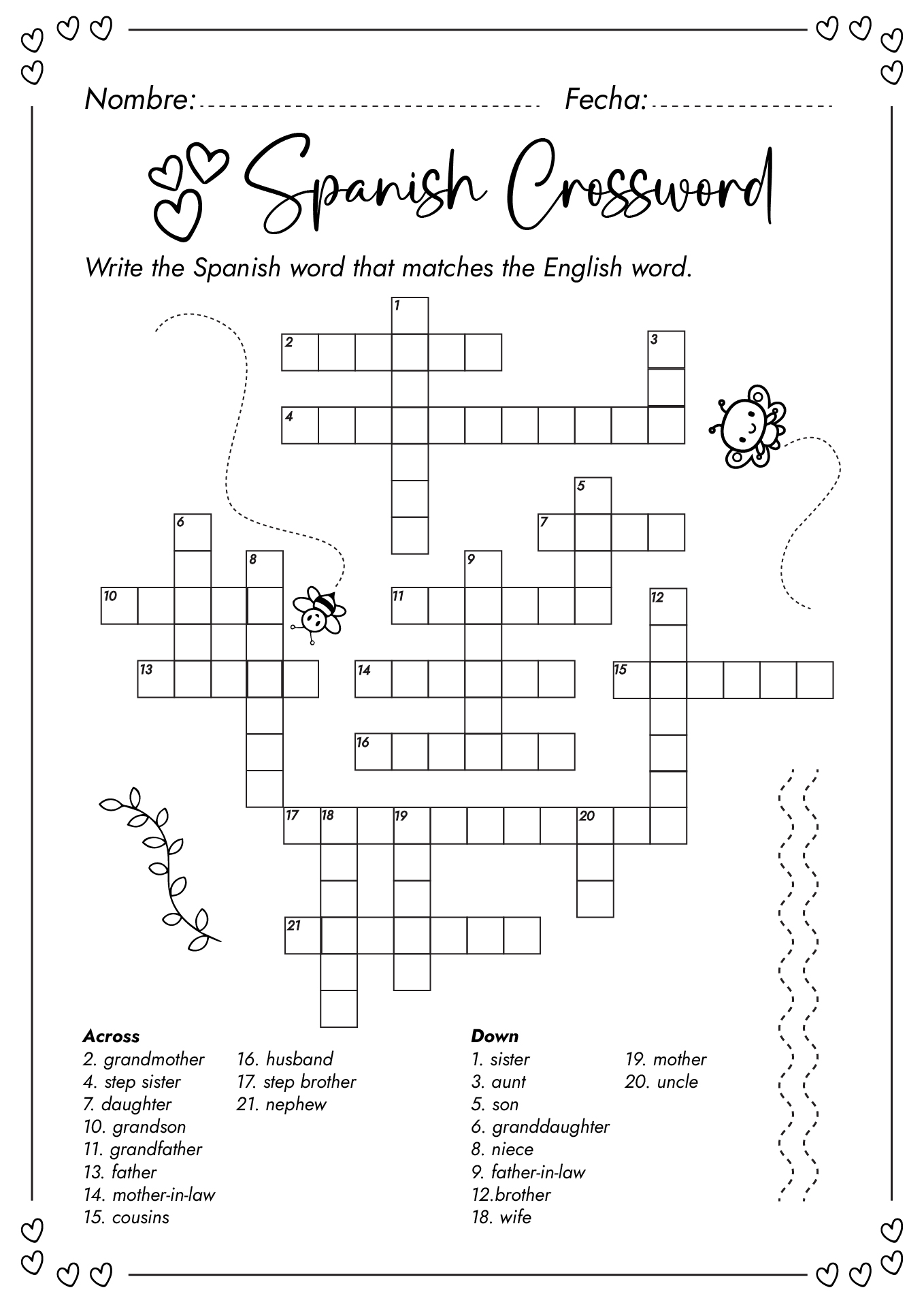
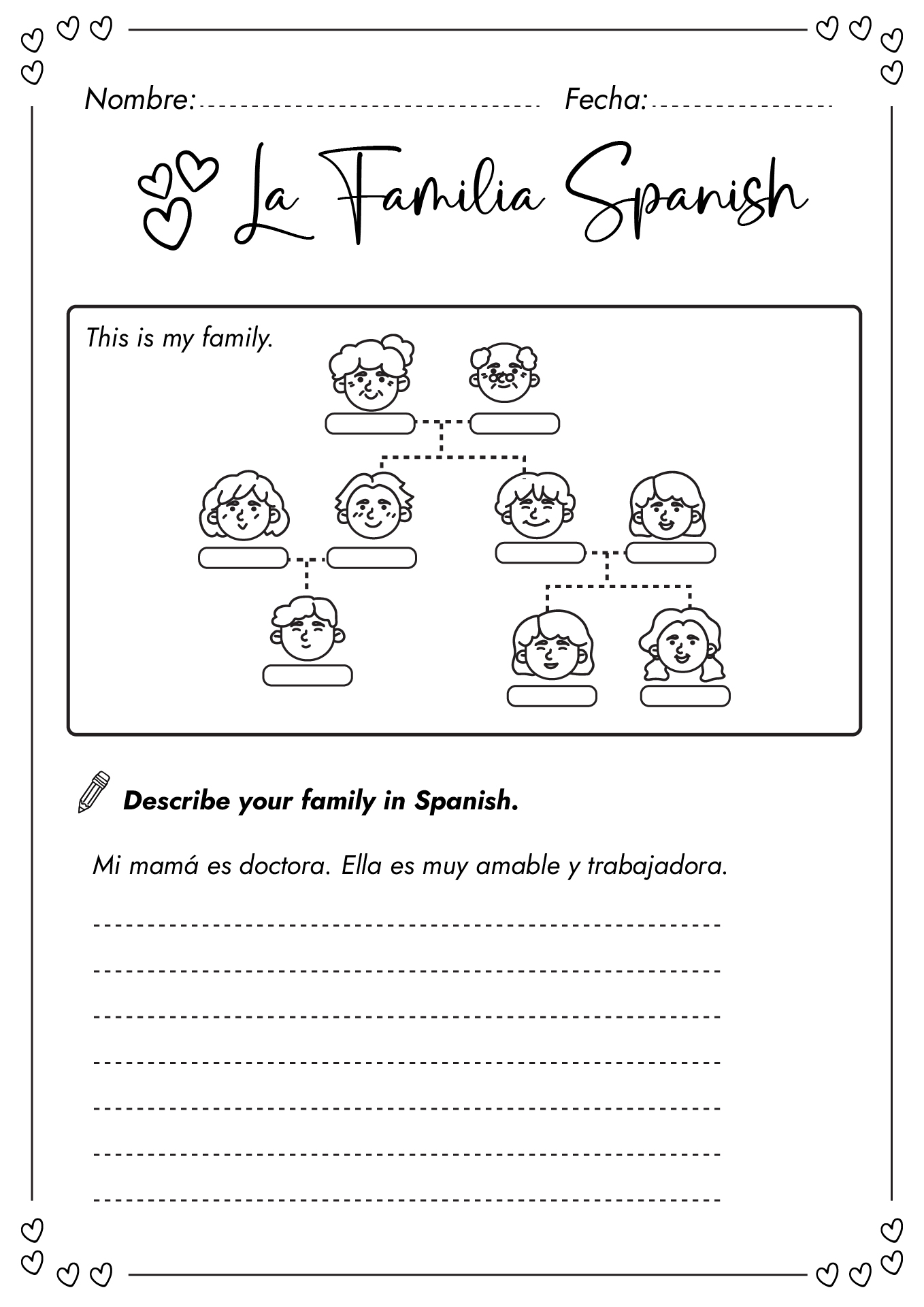
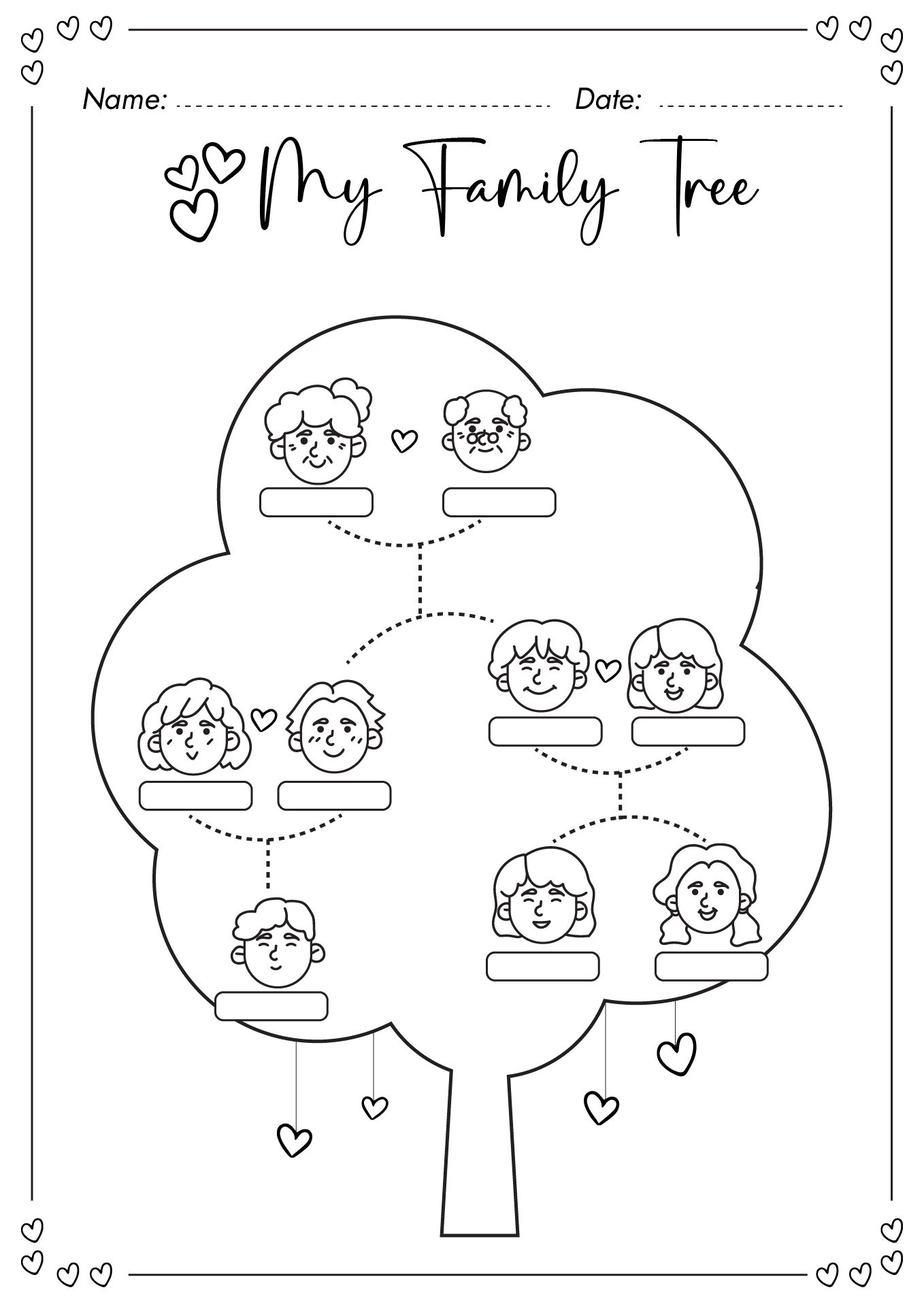
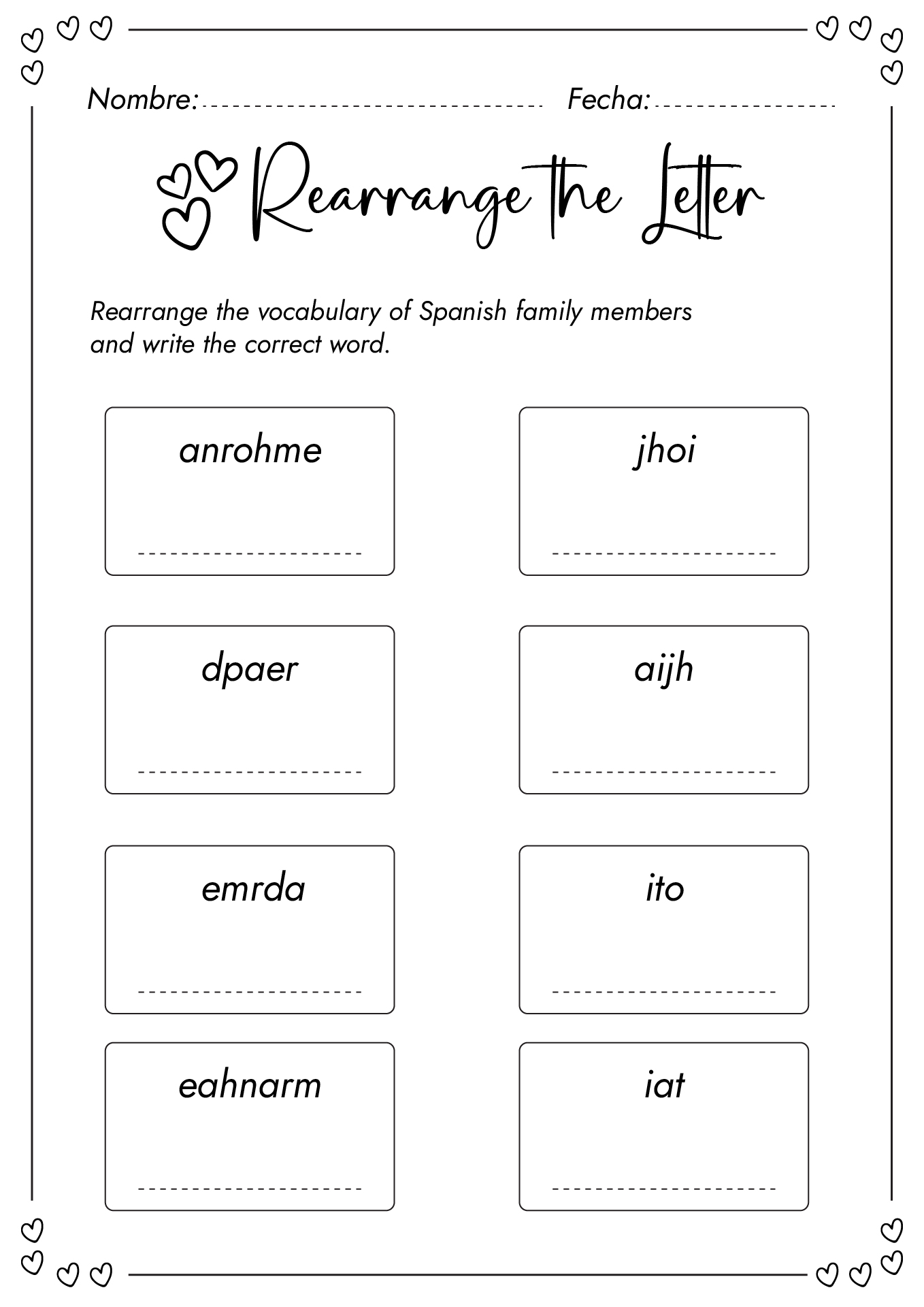
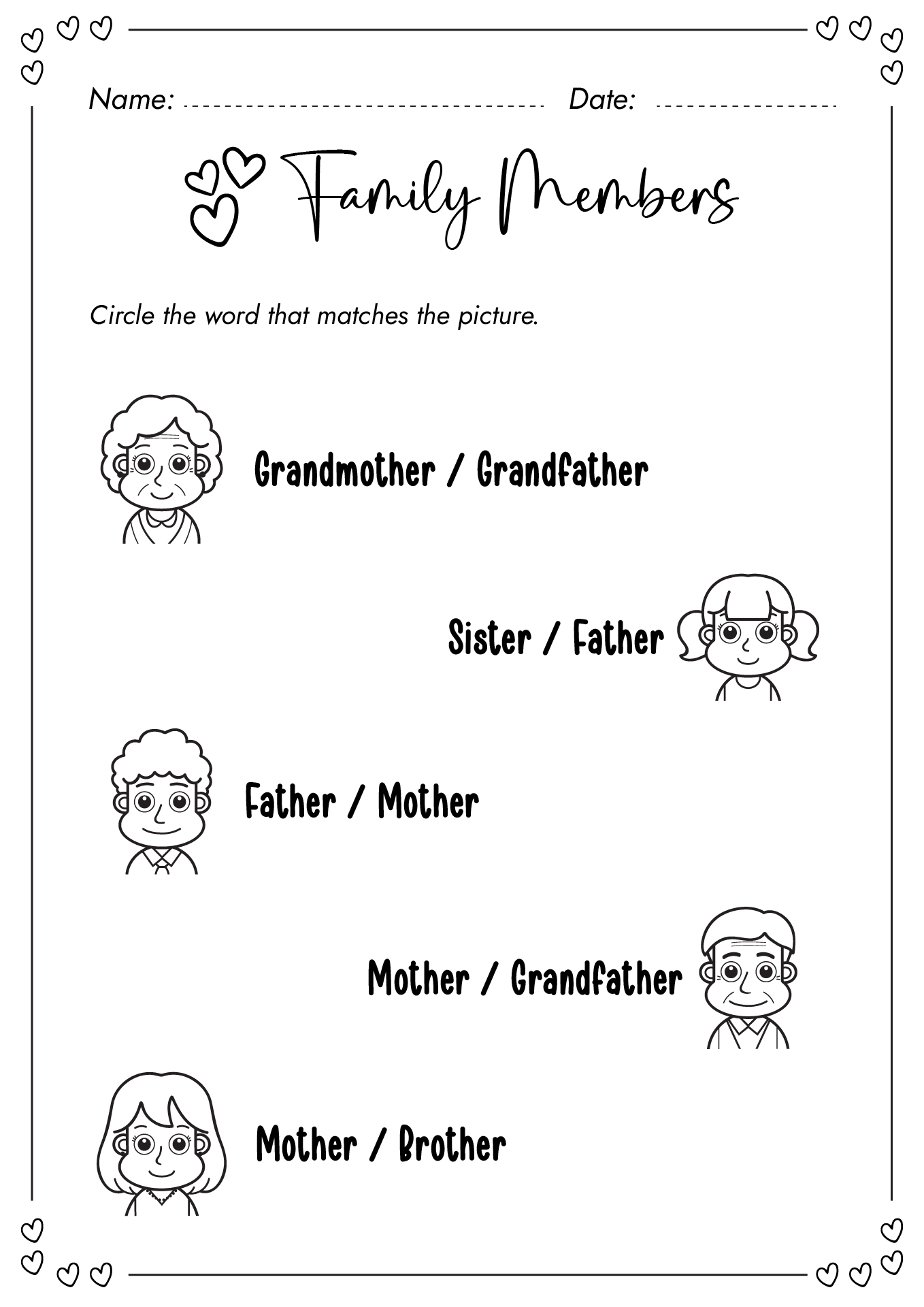
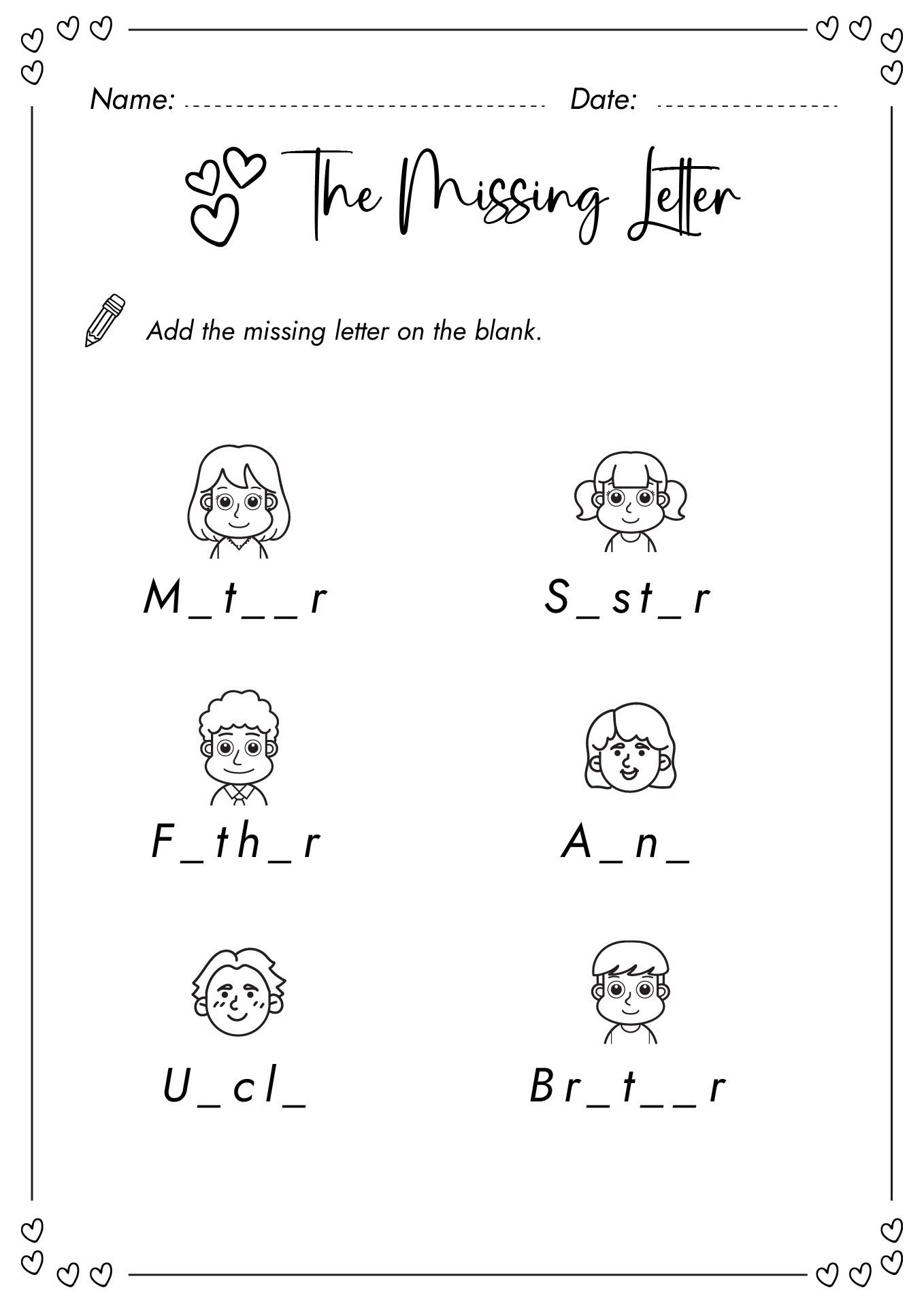
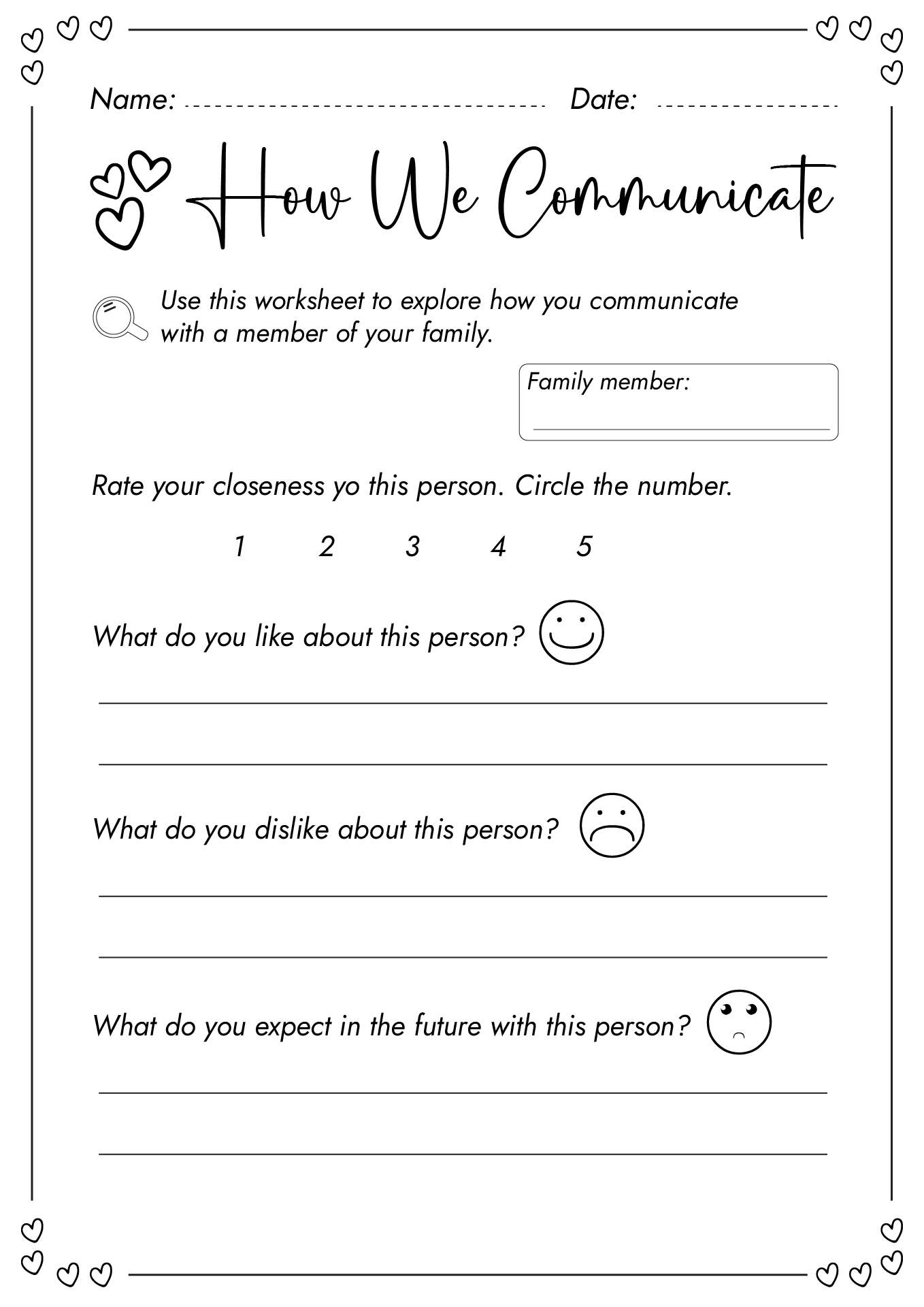
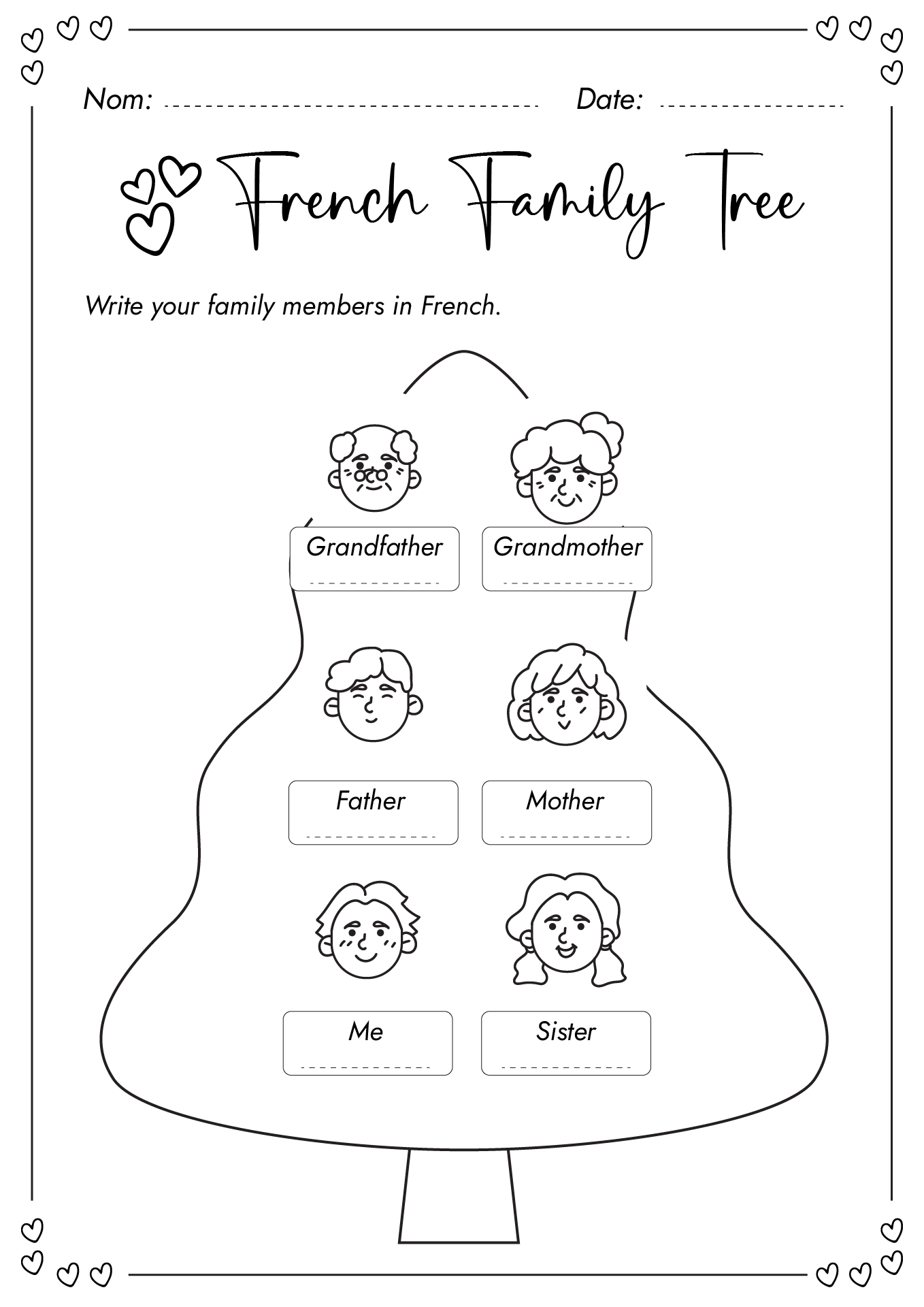
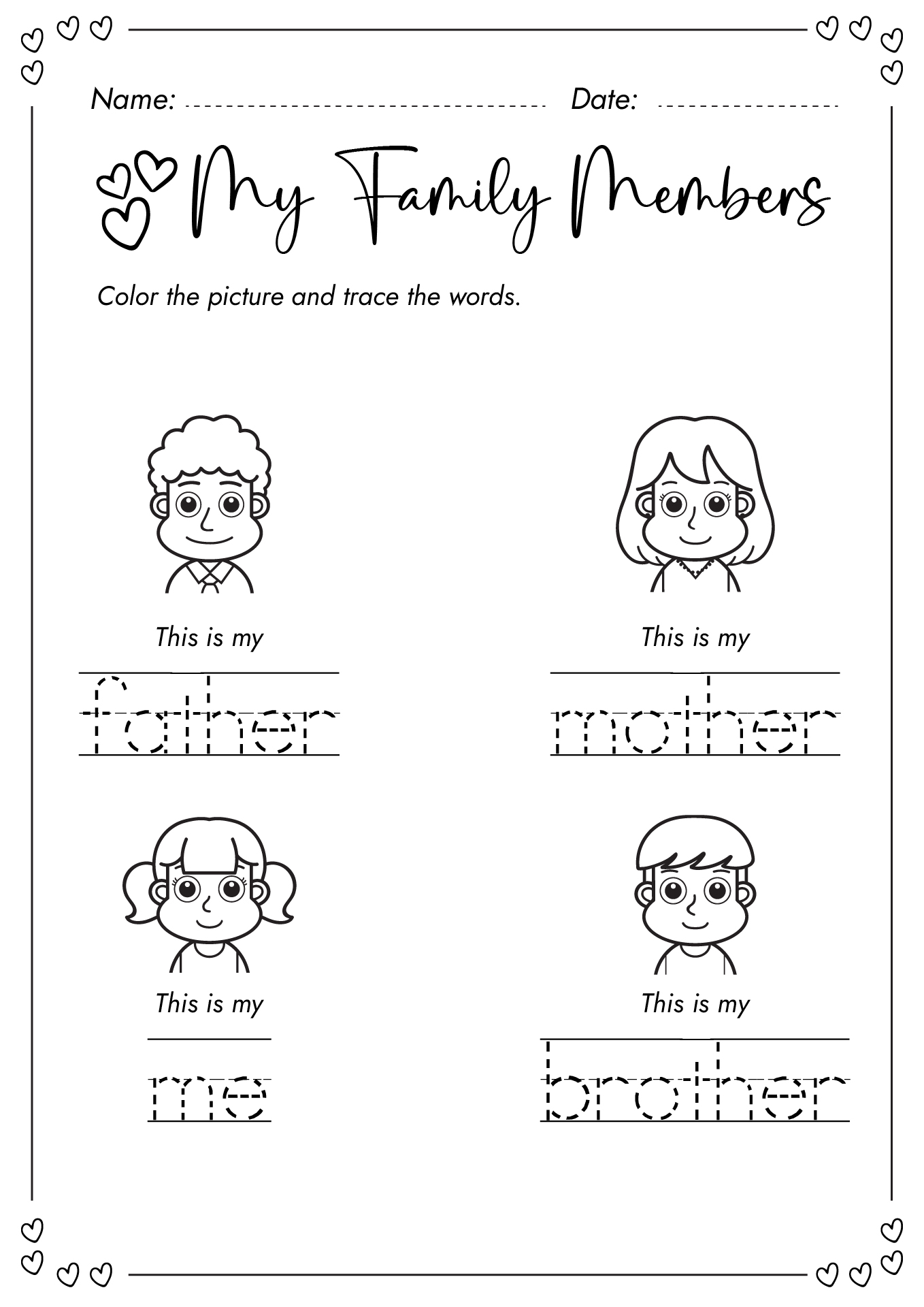
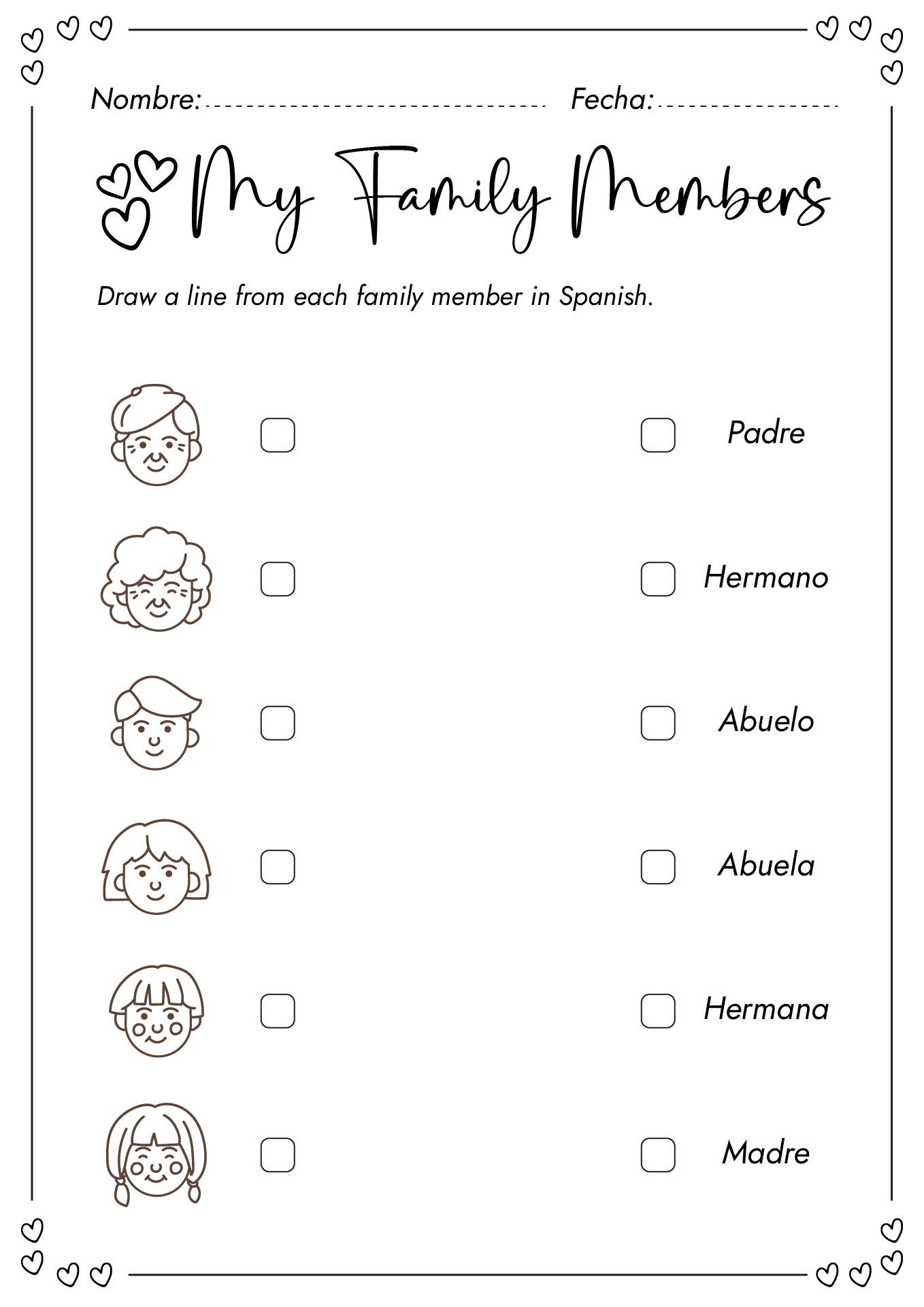














Comments
This printable Spanish family members worksheet is a valuable resource for learning and practicing vocabulary, allowing you to easily identify and memorize different family members in Spanish.
Printable images: Spanish family members worksheet is a helpful tool for learning and practicing Spanish vocabulary related to family members, making it easier to memorize and reinforce language skills efficiently.
This printable Spanish family members worksheet provides a fun and interactive way for learners to practice their language skills and expand their vocabulary by naming and identifying different family members in Spanish.
I found the Spanish Family Members Worksheet very helpful for practicing vocabulary related to family in Spanish. The layout was simple and clear, making it easy to understand and complete. Thank you for this useful resource!